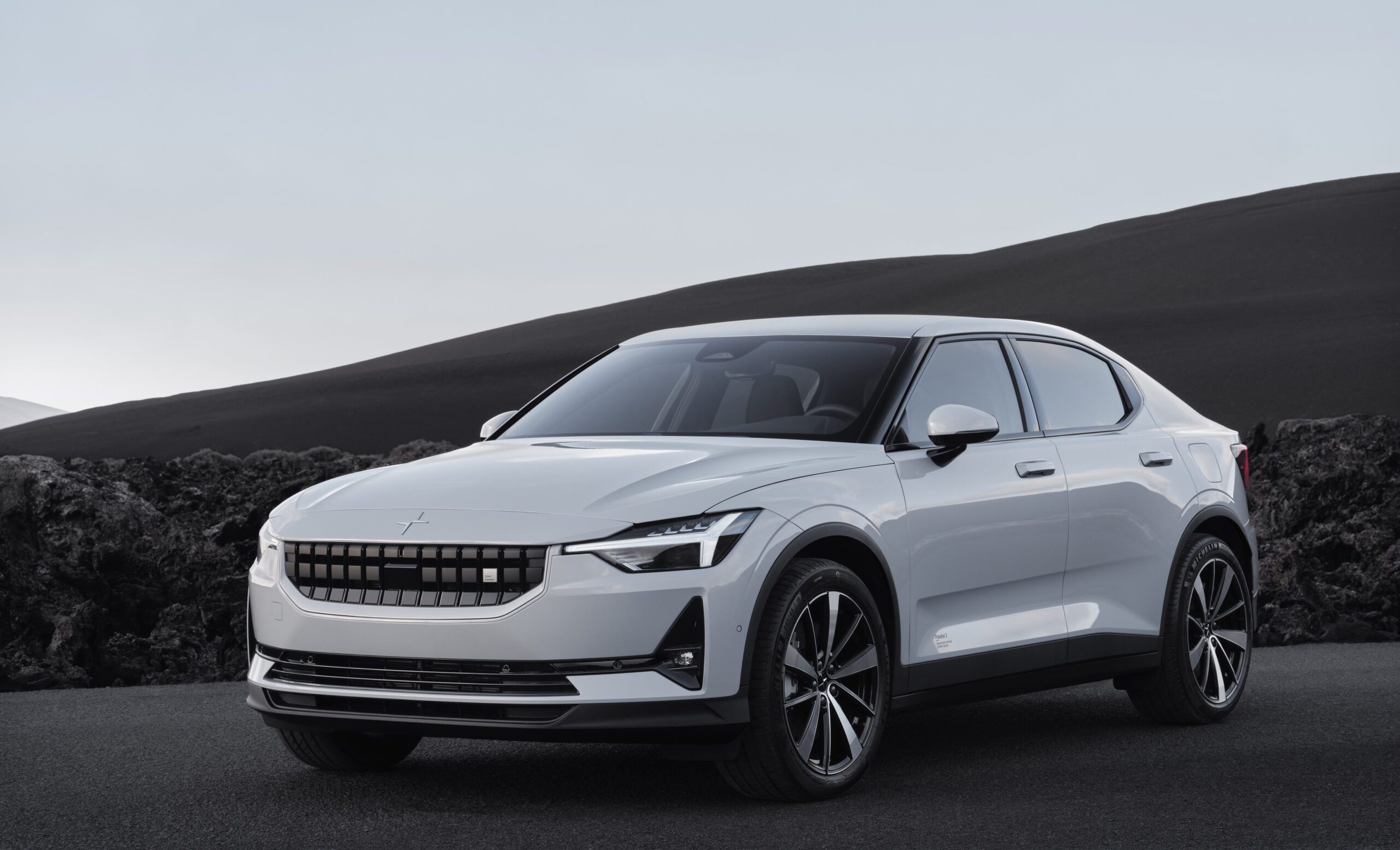(Bloomberg) —
What pairs nicely with a quiet, climate-friendly vehicle? Climate itself — wind and sun and clouds unfettered by HVAC systems and dashboard vents.
Polestar, the electric vehicle maker spun out of the Volvo corporate garage, is suggesting as much today as it pulls the cover off of a sporty concept car with a removable roof. The machine — dubbed the O₂ — also features a drone onboard that can be launched while driving. It’s a car engineered for Instagram likes and, fittingly, it’s ready to influence autonomously and at speed.
“To me, it’s a very strange thing to talk about fresh air … and then at the same time you’re blasting poison — CO₂ — out of your exhaust,” chief executive officer Thomas Ingenlath said in an interview. “That contradiction has to stop.”
Polestar’s new machine is only a concept and not available for sale. However, it does draw some attention for the company at a critical time in its five-year history. Polestar says it will hit public markets next quarter via a reverse merger with Gores Guggenheim, Inc., a special purpose acquisition company, or SPAC. Around the same time it will unveil a new SUV, its third vehicle and the one most likely to carry momentum in the mass market and attempt to close the sales gap with Tesla.
“We felt that it’s time to create this new hero car for Polestar,” Ingenlath said. The vehicle is “very clearly about brand awareness.”
Polestar’s SPAC deal reportedly values the company at about $20 billion, but with the listing approaching, Ingenlath says the company likely will hit public markets “well above” that mark. He’s aiming to more than double sales this year to 65,000 vehicles. As such, and not unlike many other startups, the company is positioning itself as an alternative to Tesla, critically one that doesn’t carry some of the brand baggage associated with an outspoken CEO and a mob of Twitter evangelists. Indeed, Polestar’s recent Super Bowl ad promised “No conquering Mars.”
Convertible vehicles tend to get slightly worse mileage than their hard-topped siblings, primarily because the hydraulics of roof machinery and more rigid body parts add a few extra pounds. Polestar, however, kept the O₂ light by crafting it on an aluminum platform, just some of the R&D that will trickle down into future production machines. The concept car also showcases a greater share of recycled materials, from woven polyester to the metals used throughout.
The company plans to launch three all-new vehicles by 2025, including a smaller SUV and a large sedan. A convertible isn’t in the cards at the moment, nor a self-launching drone for that matter, Ingenlath said. “It’s not in our business plan for 2025, but then again, hopefully, the world will not stop in 2025.”
To contact the author of this story:
Kyle Stock in Skillman at kstock6@bloomberg.net
© 2022 Bloomberg L.P.Share





